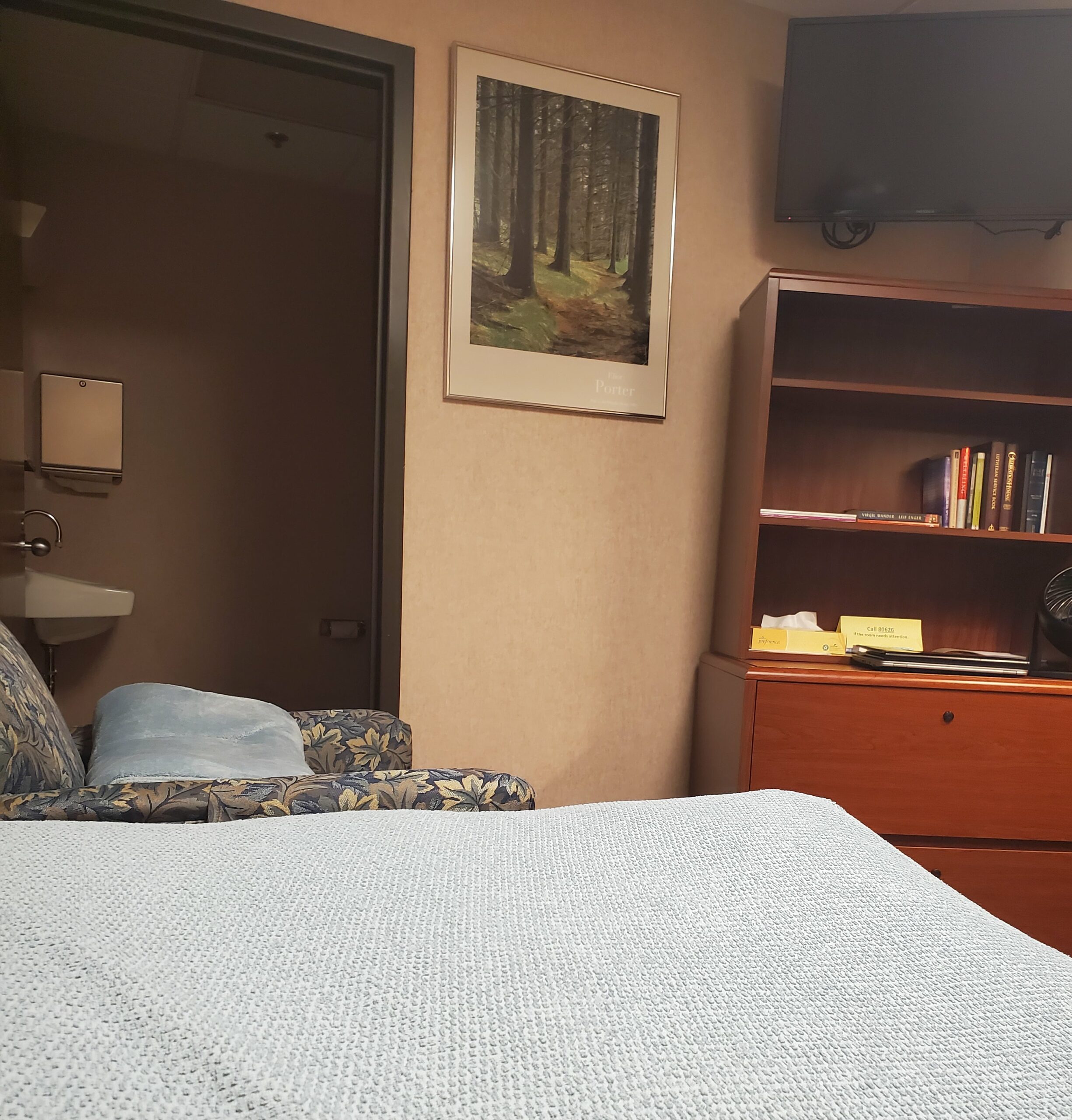Many of you know that I began a Chaplaincy gig several months ago at a local hospital. It was an experience full of adjectives – fulfilling, tough, holy, dynamic, tiring, energizing, deep, fun and the list goes on.
Recently, I was asked to help with starting up a new Doctorate in Leadership program at a local university. While it pushed Chaplain work to the shelf, being part of a new program in leadership was an opportunity that I couldn’t pass up.
I have been reflecting on the intersection of Chaplaincy and Leadership. There are many skills that I learned as a Chaplain that are guides for leaders:
Active Listening – one of the most important skills for a Chaplain is listening. Trying to hear what a person is saying and what they are really saying, and then gently probing for the patient to tell us more. To not come in with a list of questions and barraging them with words or guiding their responses. To be truly with the person in their situation. Sounds like a good leader.
Providing Difficult Feedback – there are things that patients and families don’t want to hear. It’s always hard to hear a loved one is not going back to where they were or that they are going to die. I had a particularly interesting visit with a patient that was trying to teach her family about hospice. This patient was tired from a long history of medical procedures and was comfortable in a path toward death. I walked alongside this person, encouraging them to be an advocate for themselves and move the family toward understanding that hospice was the right path. Providing difficult feedback in a caring way and being an advocate – sounds like a good leader.
Calm Under Duress – much of my Chaplaincy was covering overnights. There is a “Chaplain Room” at the hospital where I would stay and respond to pages. It also meant many of my interactions were emergency related. My nights would typically be pages for difficult traumas, Code Blue, and end of life situations. Most of the time it is helping family members, providing comfort, often prayers, and being the conduit between the family and medical staff. I think back to difficult or crisis times as a leader – people wanted to see calm amidst the storm and being a conduit for information.
Finding/Matching Resources – Chaplains often spend time looking for the right resources or to make connections for patients and their families. Sometimes it would be devotional or reading materials. Sometimes it would be connecting them with the best sources for their questions. Sometimes it was reporting things to nursing staff to provide better care. As a person’s health declined, palliative or hospice resources were often accessed. There are many levels and kinds of leaders, but each has a role in finding and matching the right resources to the right people at the right time.
Communication – one of the interesting dynamics in a hospital setting is clear communication. First, it’s just a big place with a lot of moving tentacles. There is also a traditional element of hierarchy in healthcare, that the doctor’s opinion carries more weight. We received training at the hospital that we need to step through that hierarchy if it impacts a patient’s care. A week after that training, a doctor was going to call a family to say their loved one had died. I noticed the doctor was in the wrong chart and stepped in to say they had the wrong patient. Now it wasn’t as dramatic as giving the wrong dose of a medication, but it saved some heartache for a family and an embarrassing call for a doctor. Communication is critical for leaders. Breaking down barriers, including that of hierarchy, is one testament that a leader is more interested in the organization than themselves.
Diversity – Chaplains respond to all patients. There are times that there’s a better Chaplain for the situation. A female Chaplain or a Native Chaplain or a younger Chaplain might be the right person for the right situation. But Chaplains don’t sort by gender or race or where people come from, Chaplains respond. The best leaders assemble teams with diversity. Teams of bobbleheads or lemmings aren’t teams. Being open and aware to pre-conceived ideas relating to diversity is another aspect of leadership.
I’m going to miss many, many things about being a Chaplain. Maybe not the pillow in the sleep room. Or the noisy hallway. Or being startled by the buzz of the page. Or being tired the next day.
But I do know I’ve learned about Leadership through Chaplaincy. Might be a good book title…

2 thoughts on “Leadership through Chaplaincy”
Excellent view from the field. You really lay it out and I get what’s being said here. Lots of respect to you. Thanks!
Excellent, Bruce! Good to have you with us, and blessings to you in the future.